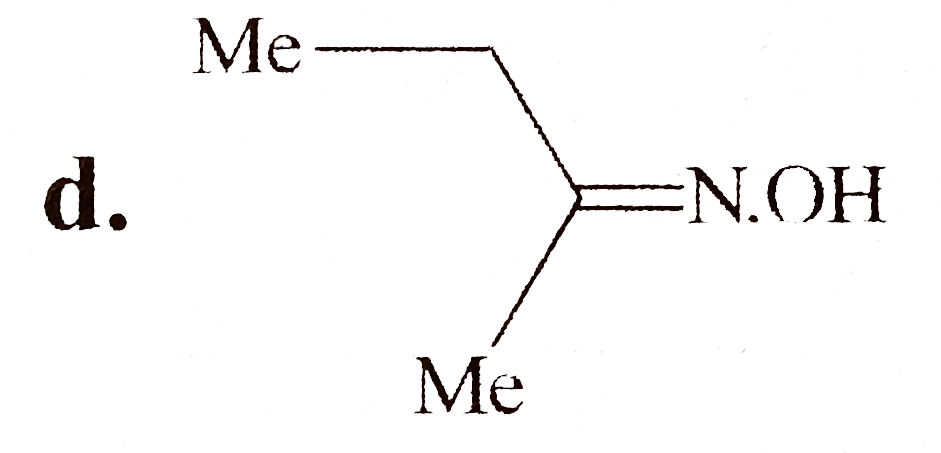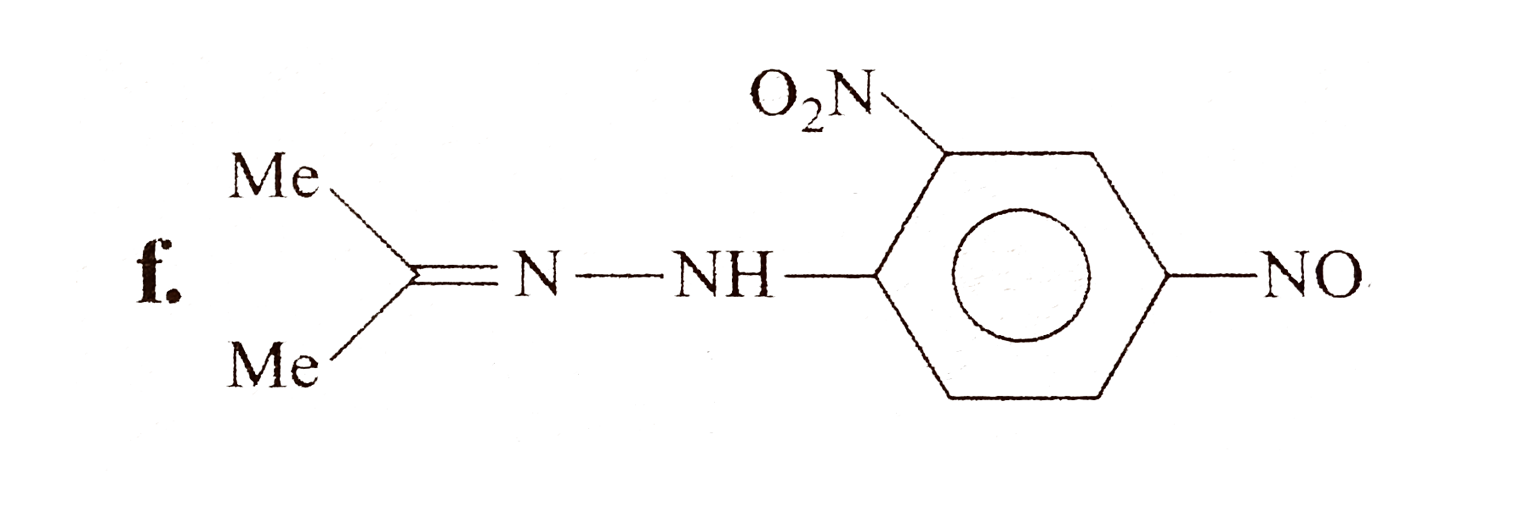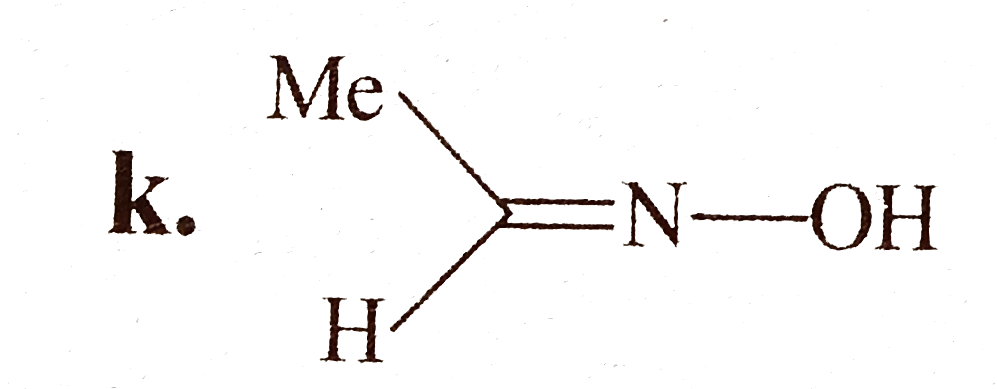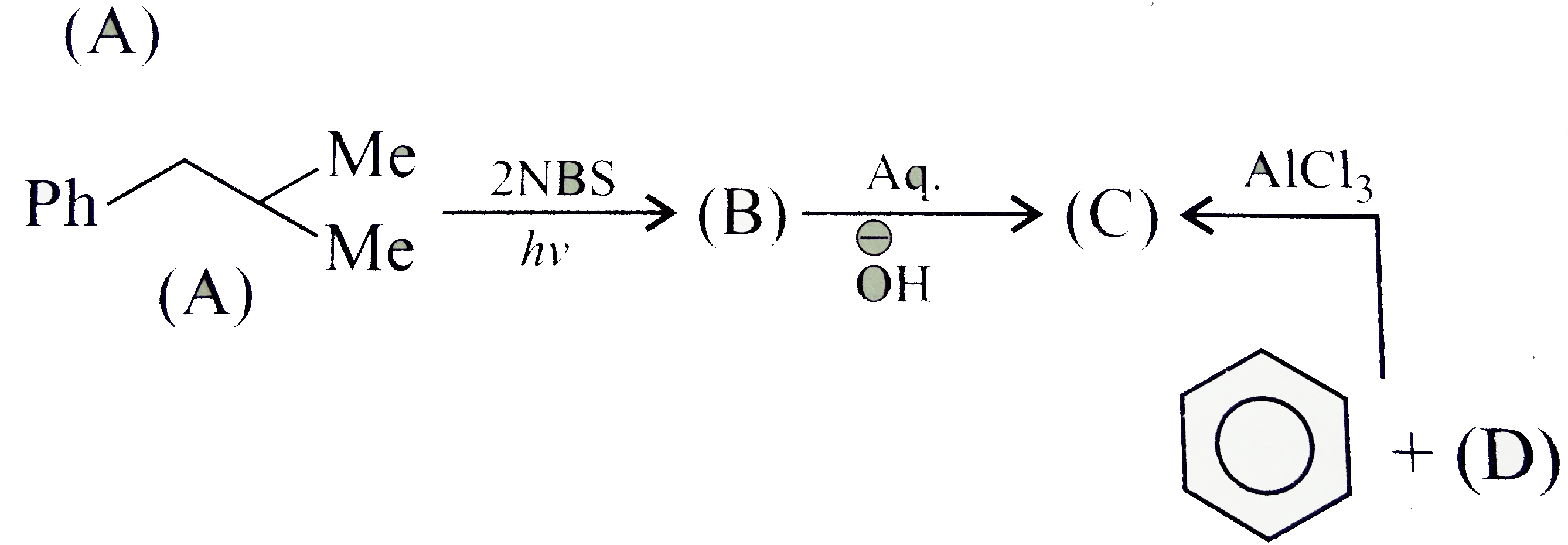Name the body part modified for food storage in the following
(a)Carrot.......(b)Colocasia.........(c)Sweet potato.........(d)Asparagus.........(e)Radish........(f)Potato.........(g)Dahlia.......(h)Tumeric.........(g)Gladiolus.........(j)Ginger.........(k)Portulaca.........
(a) Fleshy tap root (Primary root) (b) Underground stem (c) Adventitious root tuber (d) Adventitious root (e) Fasciculated adventitious roots (f) Underground stem (g) Underground stem (h) Underground stem
Topper's Solved these Questions
- MORPHOLOGY OF FLOWERING PLANTSBOOK - PRADEEPCHAPTER - MORPHOLOGY OF FLOWERING PLANTSEXERCISE - ANALYTICAL (QUESTIONS WITH ANSWERS)
20 Videos
- MORPHOLOGY OF FLOWERING PLANTSBOOK - PRADEEPCHAPTER - MORPHOLOGY OF FLOWERING PLANTSEXERCISE - PRACTICE QUESTIONS (Multiple Choice Questions)
115 Videos
- MORPHOLOGY OF FLOWERING PLANTSBOOK - PRADEEPCHAPTER - MORPHOLOGY OF FLOWERING PLANTSEXERCISE - ADDITIONAL QUESTIONS (SHORT ANSWER QUESTIONS)
31 Videos
- MINERALNUTRITIONBOOK - PRADEEPCHAPTER - MINERALNUTRITIONEXERCISE - PRACTICE QUESTIONS (ASSERTION-REASON)
21 Videos
- NEURAL CONTROL AND CORRDINATIONBOOK - PRADEEPCHAPTER - NEURAL CONTROL AND CORRDINATIONEXERCISE - Practive Question (Assertion-Reason Type Question)
17 Videos
Similar Questions
Name the body part modified for food storage in the
Potato___________
View SolutionName the body part modified for food storage in the
Sweet potato___________
View SolutionName the part modified for food storage in the following (a) carrot (b) Radish (c) Potato (d) Dahlia (e) Turmeric (f) Sweet potato
View SolutionDistinguish between the following:
a.
b.
c.
d.
e.
f.
g.
View SolutionIn the given examples, which body part is modified for food storage :
(a) Potato (b) Radish (c) Portulaca (d) Dahlia
View SolutionFind the values of A,B,C,D,E,F,G in the following

View SolutionComplete the following reactions:
a.
b.
c.
d.
e.
f.
g.
View SolutionComplete the following reactions:
a.
b.
c.
d.
e.
f.
g.
View SolutionWhich of the following show G.I.?
a.
b.
c.
d.
e.
f.
g.
h.
i.
j.
k.
l.
View SolutionComplete the following reactions:
a.
b.
c.
d.
e.
f.
g.
h.
i.
View Solution
